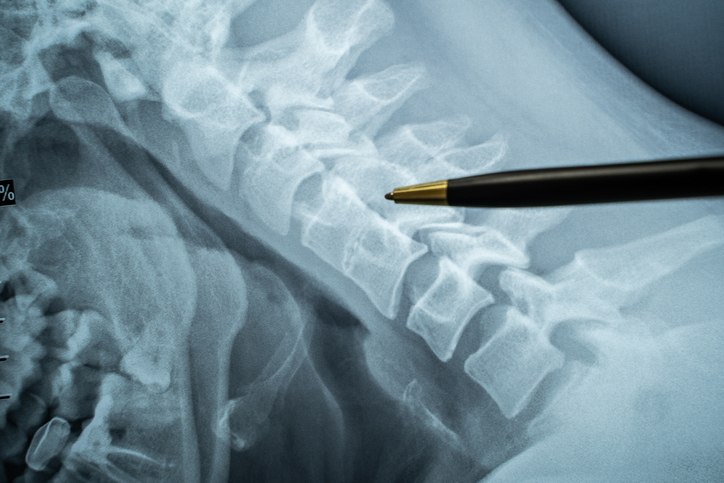Treatments
Pain Pumps — Devices for Managing Chronic Pain

A pain pump, otherwise known as an intrathecal drug delivery pump, is a medical device that is used to directly deliver medication to the fluid-filled space around the spinal cord. The medication interrupts pain signals sent from the spine to the brain which eases the perception of pain.
What is a pain pump?
A pain pump is a small, round device that is surgically implanted under the fat of the abdomen. The pump is about the size of a hockey puck and administers medication to the spine via a small plastic tube known as a catheter. A pain pump comes with a reservoir that holds the medication. It can be programmed to slowly release medication throughout the day so an individual can rely on a steady supply of medication to reduce pain symptoms.
What are the benefits of pain pumps?
Pain pumps are a valuable treatment option if other conventional methods to reduce chronic pain have failed. As the medication is directly delivered to the area in need, pain is easier to control, and medication can be administered in smaller doses than oral medication. A pain pump is designed to reduce side effects of oral medications by reducing the amount of medication needed to control symptoms.
Pain pumps are easily monitored and refilled by a health care provider. The device stores an individual’s prescription in its memory and is refilled through the insertion of a needle into the skin to fill the reservoir. Pain pumps are 100% reversible if an individual should ever need to have it removed.
Who are the best candidates for pain pumps?
Pain pumps are well suited for individuals who have not had success with traditional forms of therapy. An individual with chronic pain is well suited for a pain pump if they meet the following criteria:
- Unsuccessful treatment of pain with traditional forms of therapy
- Reliant on oral pain medication(s)
- Not well suited for additional surgeries
- No history of medical conditions that would interfere with the pump
- Not allergic to the types of medication used
What conditions can pain pumps help?
Pain pumps can be used to treat cancer pain or pain caused by tumors that press down on the spine. Individuals with failed back surgery syndrome, complex regional pain syndrome or reflex sympathetic dystrophy, chronic pancreatitis, and arachnoiditis may also benefit from a pain pump. A pump may also help reduce spasms caused by stroke, brain injury, spinal cord injury, cerebral palsy and multiple sclerosis, depending on the medication used in it.
What is the procedure to get a pain pump?
A trial period with an external pain pump is usually recommended to see if any pain reduction is achieved. If pain is reduced by at least 50 percent, a pain pump is a good treatment option. Outpatient surgery to implant the pain pump usually takes approximately 1 to 2 hours. Individuals usually return home the same day.
Are there risks?
Implantation of a pain pump is a relatively simple and safe procedure. However, an individual with a pain pump should be aware that there may be reactions or complications with their pain pump or catheter. Complications are rare but may include infections, development of a granuloma (tissue inflammation) or spinal damage.

















